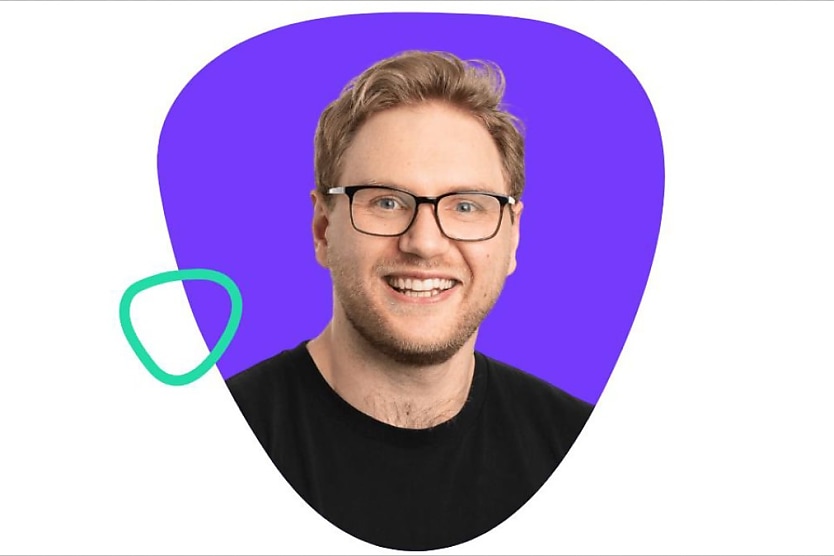How the performance learning management system connects learning and performance
SHARE THIS ARTICLE

Today, the majority of companies make use of a minimum of two or more learning management systems (LMS) to cover all their learning management needs.
What they want is more targeted content for their workforce to enable organisational efficiency, but that can be hard to achieve with multiple systems in play. What they need is a one-stop shop solution.
For so long, the holy grail has been how to unequivocally prove that the learning invested in has actually delivered an uplift in performance. A new solution to this age-old problem has arrived at last.
A performance learning management system (PLMS) allows organisations to address the topics of performance and learning in one platform. With a PLMS, leaders can continually assess and improve learners based on their specific company and role-based capabilities.
At its core, a performance learning management system is used by organisations in six ways.
- Before learning, organisations can use the PLMS to discover, define, assess, and map both the organisational and role-based capabilities of their learners.
- Manage learning, by managing and facilitating all learning opportunities in the learner profile. This isn’t just limited to e-learning, but extends to face-to-face courses, coaching, and mentoring, as well as capturing and sharing interactions within the business as learning assets.
- Assess learning, by measuring more than just completions, which is a mainstay of traditional learning management systems. A PLMS focuses on identifying and measuring role-based capabilities to ensure they align with business strategy and performance.
- Embed performance management, which is where learning and performance management are linked. A PLMS assesses whether the learnings have been applied in real-world scenarios, as well as the level of competence learners have in each capability.
- Multi-stakeholder learning, as every organisation has the need to share knowledge internally with employees and externally with stakeholders. A PLMS allows for specific learning tailored to both internal and external groups within the same account.
- Workflow automation, which allows learning and role-specific capabilities to be automatically recommended and assigned to employees. A PLMS also helps organisations with automating regular administration tasks such as onboarding.
But what actually makes a PLMS and its six core functions different from legacy software?
- Before learning: A PLMS focuses on capabilities rather than individual skills. A capability is the combination of skills, knowledge, processes, tools and behaviours that are crucial for delivering on organisational objectives. Skills are still important, but they’re just part of a wider capability.
- Manage learning: Where a traditional LMS only captures the management and completion of e-learning, a PLMS also evaluates the learnings and their effectiveness.
- Assess learning: A PLMS allows organisations to get a baseline assessment of their capability needs, which lets them link capability to relevant learning assessments.
- Embedded performance management: Having multiple systems to measure learning and performance separately results in data redundancy and inaccurate reporting and analytics. A PLMS combines the performance and learning conversations in one single system.
- Multi-stakeholder learning: Legacy LMSs can deliver tailored learning for internal or external groups, but not both. PLMSs, on the other hand, can store targeted learning for both groups within the same account.
- Workflow automation: A PLMS promotes efficiency gains by automating processes that would otherwise be time-consuming manual processes in legacy systems.
Frequently asked questions
I’ve just started exploring capability building. Is a PLMS right for me?
Yes. A performance learning management system gives you all the benefits of a standard LMS, as well as the inclusion of capturing and evaluating all learning formats.
We’re heavily invested in and focused on building skills. Is a PLMS still right for me?
Skills play an important role in business performance, but they can’t do so in isolation, which is why a PLMS focuses on capabilities. Don’t think of it as an either/or situation where you have to choose one over the other. In other words, skills and the benefits they bring are a core aspect of a PLMS. And remember, a capability is part built by a few skills.
How is this not just another marketing play on words?
The key difference between a PLMS and an LMS is in how the PLMS is built. A PLMS must meet the six core components of a PLMS mentioned above to make it distinct from an LMS and place an emphasis on improving performance. Therefore:
- A supplier offering “manage learning” and “assess learning” embodies the widely accepted definition of an LMS.
- A provider offering front-end assessment is an assessment provider.
- A provider offering “manage learning”, “assess learning” and a separate system for performance management (even if they’re API-integrated) is both a learning management system and performance management system provider.
- A provider offering “manage learning”, “assess learning” and “multi-stakeholder learning” is a traditional LMS for internal and external use cases.
Where does a PLMS sit within my existing human resources technology set?
A PLMS can sit alongside legacy LMSs if you have multiple systems, or it might be the only learning technology within an organisation. PLMSs can also integrate with payroll and HR management systems to increase efficiency.
How is AI incorporated in PLMS technology?
PLMSs use AI to optimise and tailor learning recommendations and capabilities to drive business performance. This is different to how AI is used in legacy systems, where AI is focused on creating more content for learners to consume rather than role-relevant content.
By Blake Proberts, co-founder and chief executive of Acorn
